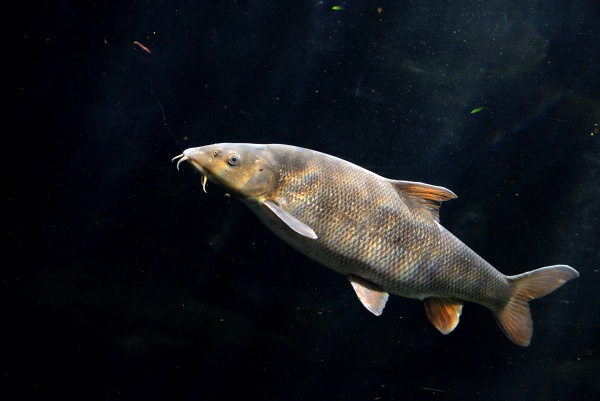Facts About Barbus
Barbus: A Close Look at This Intriguing Fish Genus
Introduction
The genus *Barbus* represents a captivating group of ray-finned fish belonging to the Cyprinidae family. The common barbel serves as its type species, and most *Barbus* fish are easily identifiable by the whisker-like structures called barbels around their mouths, which they use for feeding.
Feeding and Economic Importance
While barbels are frequently caught for food, it's crucial to note that their roe (eggs) is toxic and should not be consumed. In their natural habitats, larger species of *Barbus* serve as a significant food source, whereas the smaller ones are popular in the aquarium trade due to their vibrant appearances and manageable sizes.
Historical Significance
Interestingly, *Barbus* fish have historical ties to ancient Egypt. Archaeological excavations have uncovered *Barbus* fish bones in ancient remains, suggesting their use in dishes akin to modern-day fesikh, a traditional fermented fish delicacy.
Conservation Concerns
The *Barbus* genus faces several conservation challenges. Numerous species have become extinct, and many others are endangered due to ecological changes. For instance, the introduction of Nile perch in Lake Victoria has significantly threatened native *Barbus* populations.
Taxonomic Debate
The classification of the *Barbus* genus remains an ongoing topic of scientific scrutiny and reclassification. Many species formerly included in *Barbus* have been reassigned to different genera. Currently, *Barbus* primarily encompasses species found in Africa, Europe, and parts of Asia. The intricate taxonomy of *Barbus* suggests it may eventually be confined to larger European species known as "barbels." Discussions are also underway about merging related genera like *Luciobarbus* and *Messinobarbus* into *Barbus*.
Future Classification
Moreover, the small African barbs are so distinct they might soon require the creation of a new subfamily for proper classification. The inclusion of fossil species in the genus adds to its complexity. For example, *Barbus megacephalus*, a fossil species from Indonesia dating back to the Paleogene period, is currently under review and might be reclassified into another genus.
Conclusion
The *Barbus* genus presents a rich subject for study, from its historical significance to its ecological and taxonomic challenges. Its ongoing reclassification efforts highlight the complexity and dynamic nature of biological taxonomy.

 India
India